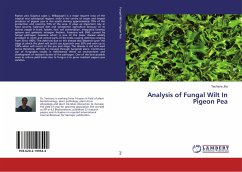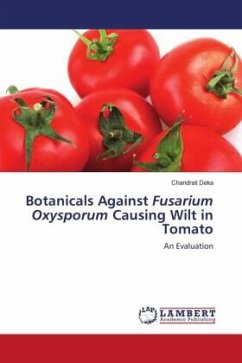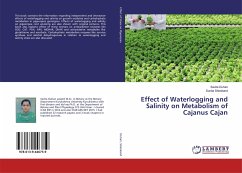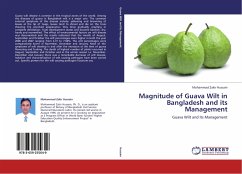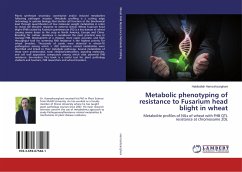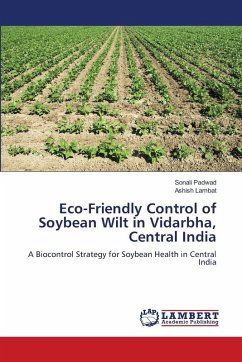![Fusarium Wilt Resistance in Pigeonpea [Cajanus cajan (L.) Millsp.] Fusarium Wilt Resistance in Pigeonpea [Cajanus cajan (L.) Millsp.]](https://bilder.buecher.de/produkte/47/47615/47615464n.jpg)
Fusarium Wilt Resistance in Pigeonpea [Cajanus cajan (L.) Millsp.]
Molecular and Biochemical Basis of Fusarium Wilt Resistance in Pigeonpea [Cajanus cajan (L.) Millsp.]
Versandkostenfrei!
Versandfertig in 6-10 Tagen
43,99 €
inkl. MwSt.

PAYBACK Punkte
22 °P sammeln!
The study was undertaken using wilt resistant cultivars: Vaishali, Maruti and susceptible cultivars: T15-15, Bahar. The complexity of the defense responses at the leaf and root level in pigeonpea involves the activation of a large number of coordinated biochemical and molecular responses which required for resistance to Fusarium udum Butler. Activation and stronger induction of ROS-scavenging mechanisms, phenyl propenoid pathway, polyamines metabolism, releasing elicitors and defense gene expression at early stages of infection might be contribute in fusarium wilt resistance in pigeonpea. The ...
The study was undertaken using wilt resistant cultivars: Vaishali, Maruti and susceptible cultivars: T15-15, Bahar. The complexity of the defense responses at the leaf and root level in pigeonpea involves the activation of a large number of coordinated biochemical and molecular responses which required for resistance to Fusarium udum Butler. Activation and stronger induction of ROS-scavenging mechanisms, phenyl propenoid pathway, polyamines metabolism, releasing elicitors and defense gene expression at early stages of infection might be contribute in fusarium wilt resistance in pigeonpea. The results also provide deeper insight into role of different genes in resistance mechanisms against fusarium wilt in pigeonpea, which can be helpful for crop improvement of pigeonpea resistance against fusarium wilt disease through molecular breeding and genetic engineering approach.



